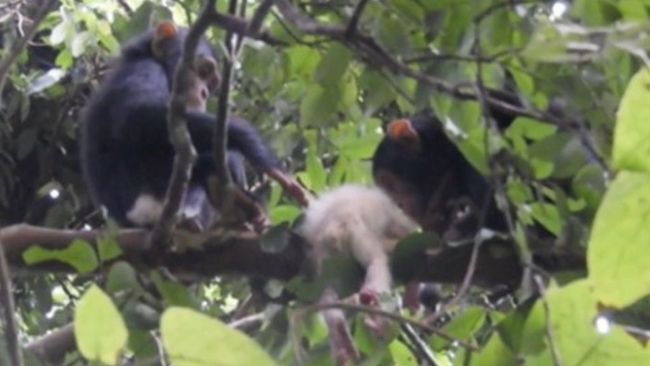

According to Animals in Space by Colin Burgess and Chris Dubbs, the Soviet Union launched dogs on rockets 71 times between 19, with 17 deaths. However, this mission was followed by the successful launch and safe retrieval of a capsule carrying dogs Belka and Strelka later that year.

In July 1960, dogs Lisichka and Bars died when their Soviet launcher exploded shortly after lift-off. Later missions were designed to bring animals safely back to Earth after their flights. Nevertheless, there was criticism of the mission, with the UK National Canine Defence League calling on all dog owners to observe a minute’s silence on each day that Laika remained in space. Photograph: Encyclopaedia Britannica/Universal Images Group/Getty ImagesĪt the time, most media coverage of her journey focused on its implications for the US-Soviet space race and the cold war. Ham, the first chimpanzee in space, prepares for his first flight in Mercury Redstone-2 (Mr-2), part of Nasa’s Mercury programme in the 1960s. The technology for de-orbiting spacecraft had not yet been developed and she was destined to die in space. Laika died of overheating on the craft’s fourth orbit. This was only the second satellite ever put into orbit round Earth, and the Soviet Union decided to maximise its headline potential by using it to carry a living creature. A stray mongrel picked from the streets of Moscow, she flew aboard Sputnik 2 on 3 November 1957. However, it was the Soviet dog Laika who made world headlines for her sacrificial role as an animal astronaut. Many died in the process, either of suffocation or when their capsule suffered parachute failure.
Albino chimpanzee series#
This flight was followed in the US by a series of other sub-orbital missions that carried monkeys above the atmosphere before their craft arced back to Earth. The capsule was then parachuted back down to New Mexico and the flies were studied to assess how they had been affected by cosmic radiation. They chose fruit flies.Ī payload of Drosophila melanogaster was loaded into a V-2 rocket, recovered from Nazi Germany’s missile programme, and fired to a height of 109km. In fact, the blasting of animals into space has a surprisingly long pedigree, going back to the late 1940s when US scientists selected a very humble lifeform to be the first creatures to soar beyond our atmosphere.

“The fact that they did not succumb paved the way for humans to begin journeys into space.” “In the 60s, scientists and engineers were primarily concerned about how dangerous it might be for a human to be in a capsule in outer space, and most animal space flights were undertaken to see if they suffered or their lives were threatened by the weightlessness or increased radiation or other effects they might experience up there,” said astronomer Jake Foster at the Royal Observatory Greenwich. (They could but the webs were unevenly shaped, scientists found.) Tortoises have been put in orbit round the moon thousands of jellyfish were once flown on a space shuttle and in 1973, two garden spiders, Anita and Arabella, were taken to the Skylab orbiting laboratory to see if they could spin webs in microgravity. In putting Félicette in one of its rockets, France added a new species to the list of creatures that scientists had already hurled into space, a roll-call that has since been swelled over subsequent decades by the addition of some very unlikely animal astronauts.

Her name was adjusted to Félicette, as a result.įélicette, pictured with the French space team after her return to earth. They picked Felix after the cartoon cat character, only to discover that C341 was female. Then, after news was announced of its flight on a Veronique rocket on 18 October 1963 and subsequent safe return to Earth, the French press decided this feline trailblazer had to have a name. The cat selected to travel to space was simply known as C341. A total of 14 stray cats were gathered by staff at France’s space agency Cerma – Centre d’Enseignement et de Recherches de Médecine Aéronautique – for selection as feline astronauts, though the cats were deliberately not given names in order to prevent scientists from becoming too fond of them. Russia preferred dogs, the US generally chose monkeys.īut France decided to be different. In the early 60s, dogs and monkeys were the animals usually used by scientists to find out exactly how dangerous conditions were in outer space and to assess if humans could survive trips beyond the edge of Earth’s atmosphere.


 0 kommentar(er)
0 kommentar(er)
